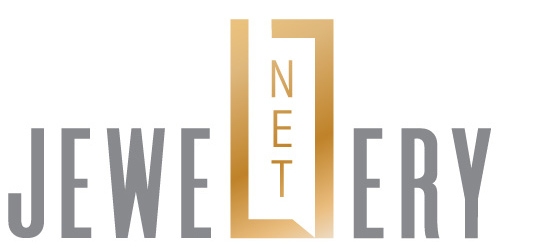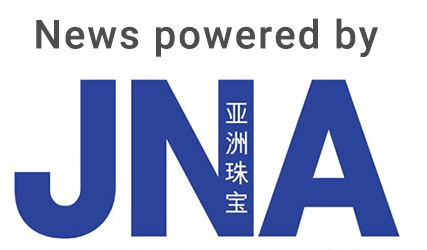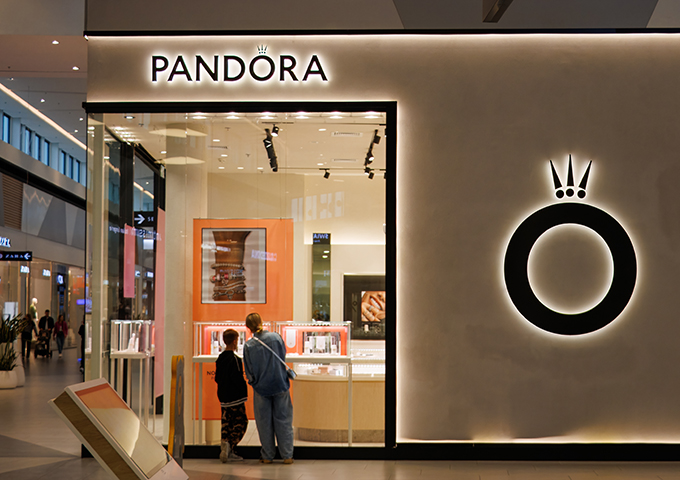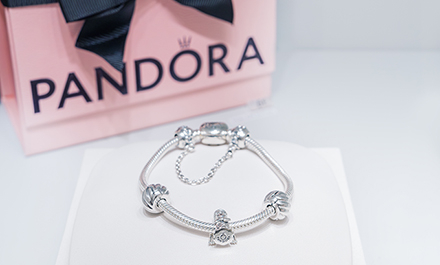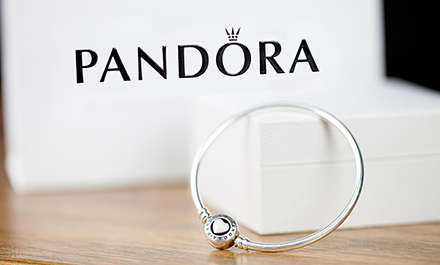Pandora said revenues rose in the second quarter of the year despite a challenging macroeconomy, thanks to competitive brand positioning.
The company grew 8 per cent in Q2, driven by like-for-like (LFL) increase of 3 per cent and network expansion of 5 per cent.
LFL growth in the US remained strong at 8 per cent while other markets saw a 6 per cent uptick. Meanwhile, LFL in Europe was up 1 per cent, fuelled by double-digit growth in several countries, including Spain, Portugal, the Netherlands and Poland.
In the past 12 months, Pandora added 93 concept stores and 87 Pandora operated shop-in-shops to the existing network.
The jeweller is planning to have 400 to 500 more outlets by 2026, but is opening fewer shops in 2025 – 25 to 50, down from 50 to 75 originally.
This reflects efforts to optimise the store network in China, where Pandora is expecting to close up to 100 shops. “The closures in China will have minimal impact on Pandora's organic growth with network expansion still expected to be 3 per cent,” it noted.
Tariffs
US tariffs are affecting Pandora’s product imports to the US and items originating from mainly Thailand but also China, Vietnam, India and several other countries.
To mitigate the impact on its operations, Pandora is switching sources of supply for point-of-sales materials used in the US as well as shipping jewellery directly to Canada and Latin America rather than through its US distribution centre.
Meanwhile, the company said its 2025 guidance of 7 to 8 per cent organic growth remains unchanged amid elevated macro uncertainties.
Alexander Lacik, president and CEO of Pandora, noted, “We will deliver on our targets for the year driven by an exciting product pipeline, new marketing campaigns and operational agility.”
